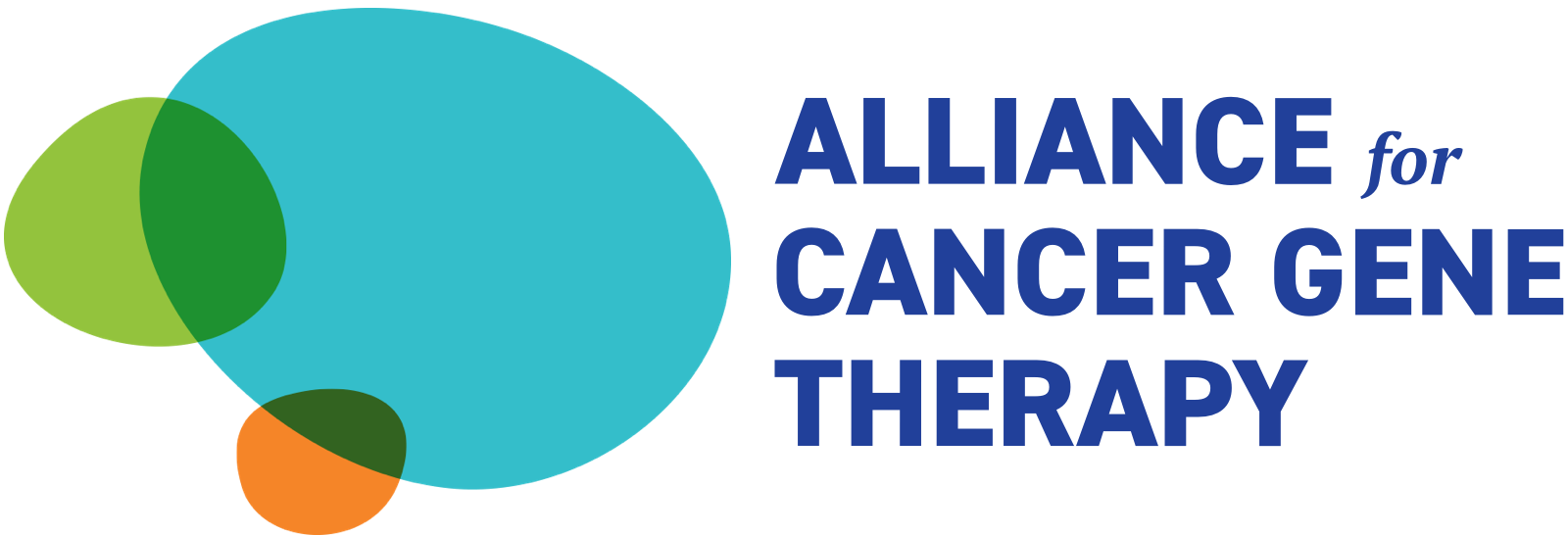Outcomes for osteosarcoma have not improved in more than two decades. The addition of “first generation” cytotoxic chemotherapy to surgery improved outcomes in the late 1980s, but additional gains have not been made since, despite increasing the doses of drugs given and the number of chemotherapy agents administered.
Clearly, advances in osteosarcoma require novel therapeutics capable of killing chemoresistant cancer cells. Evidence from many different disease settings demonstrates that immunotherapy can kill chemoresistant cancer. The challenge lies in developing a way to activate and harness the impressive power of human T cells to recognize osteosarcoma as foreign.
Gene therapy has provided new approaches to direct human T cells to recognize human cancers by engineering “chimeric antigen receptors” (CARs), which incorporate the binding portion of an antibody and the signaling portion of a T cell. CARs have worked well in acute leukemia and have activity in lymphoma, but have not yet mediated impressive effects on solid tumors.
My laboratory is working diligently to improve CARs for solid tumors. We have focused on engineering CAR T cells to recognize GD2, a fatty sugar (glycolipid) uniquely overexpressed on cancer cells, including osteosarcoma. We have already conducted a clinical trial of GD2-CAR in patients with osteosarcoma and neuroblastoma. In this study, we saw that the GD2-CAR T cells expanded after transfer, but did not persist beyond 1-2 months.
Successful immunotherapy in other solid cancers demonstrates that T cells must persist for several months if they are to have meaningful clinical effects. This project incorporates a series of improvement to the GD2-CAR therapy aimed at rendering GD2-CAR T cells more persistent, and thus more potent, in patients with osteosarcoma and neuroblastoma. Studies conducted in my laboratory demonstrate the modifying the GD2-CAR itself increases persistence and potency. In addition, modifying the way in which the T cells are grown, prior to transfer, enhances GD2-CAR persistence and potency. We also discovered that co-administration of a drug that depleted immune suppressive populations can render the GD2-CAR T cells more potent.
This protocol builds upon all of these advances, incorporating them into one trial, which will deliver a state-of-the-art, next generation gene therapy trial for the treatment of osteosarcoma and neuroblastoma. True clinical advances rarely result from one scientific breakthrough. Rather, effective cancer treatments most often result from iterative improvements that begin with careful observations from clinical trials, scientific innovation to overcome challenges, then retesting in clinical trials. The GD2-Persist Trial incorporates a series of iterative improvements that build upon careful clinical studies and innovative science, thus leveraging the power bedside-to-bench-to-bedside iteration to improve osteosarcoma therapy.
This Alliance for Cancer Gene Therapy Research Fellow is funded in part by Swim Across America and Wendy Walk.




